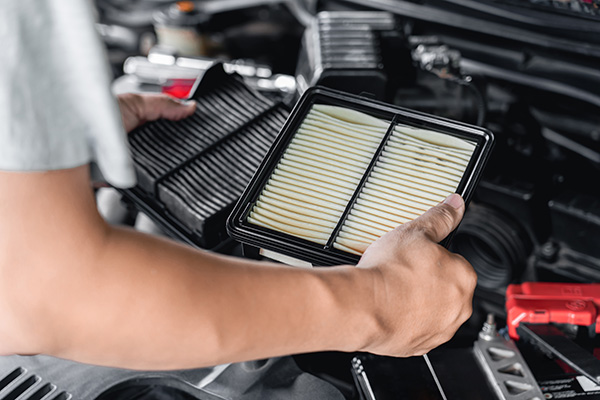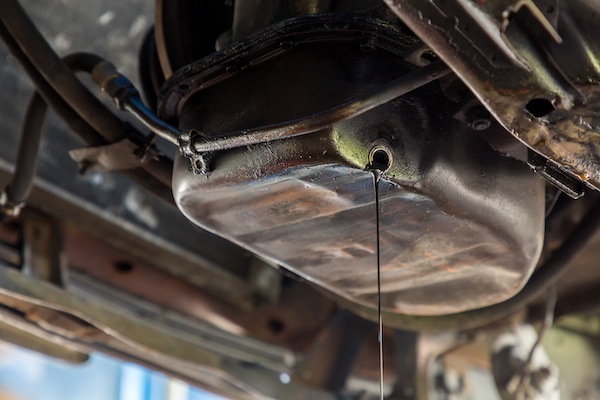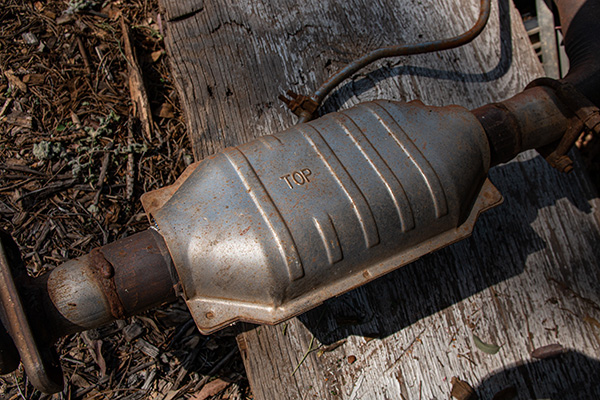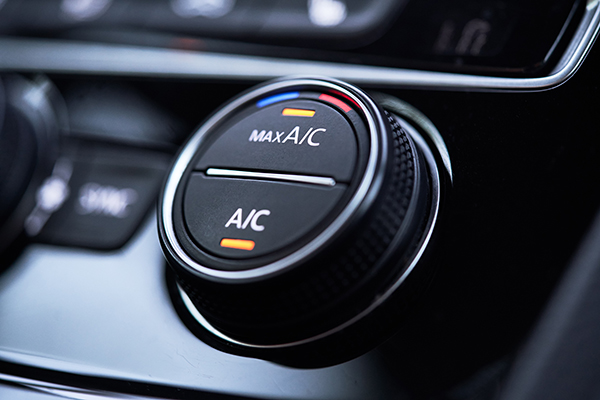Posted on 7/26/2024

Hybrid vehicles are becoming increasingly popular due to their impressive fuel efficiency and lower emissions. A key component of these vehicles is their battery, which allows them to switch seamlessly between gasoline and electric power. However, just like any other part of your car, the hybrid battery requires proper care to ensure it lasts as long as possible. So, how can you extend the battery life of your hybrid vehicle? The basics of the Hybrid Battery Understanding what makes a hybrid battery different from a traditional car battery is important. Hybrid batteries are usually made from nickel-metal hydride (NiMH) or lithium-ion (Li-ion) cells. These batteries are designed to last for many years, sometimes beyond the life of the vehicle itself. However, they are not immune to wear and tear, and their performance can degrade over time if not properly maintaine ... read more
Posted on 6/28/2024

Maintaining your car's performance involves paying attention to many components, and one often overlooked yet critical part is the air filter. You might wonder, "How does a dirty air filter affect fuel economy?" It's more significant than you might think. A clean air filter ensures optimal airflow to the engine, which is important for efficient fuel combustion. Let's see how a dirty air filter can impact your vehicle's fuel economy and why regular maintenance is essential. The Role of an Air Filter in Your Car Your car's air filter plays a crucial role in maintaining engine health. It's designed to filter out dirt, dust, and other contaminants from the air entering the engine. Clean air is crucial for the combustion process, where fuel mixes with air to power your car. Without an efficient air filter, debris can enter the engine, leading to wear and tear and reduced performance. How a Dirty Air Filter Affects Fuel Economy ... read more
Posted on 5/23/2024

Accidents happen, and one of the mishaps involves hitting the oil pan on your vehicle. This can occur from running over debris, hitting a pothole, or even misjudging a curb. But once it happens, the immediate question is: Is it safe to continue driving? Understanding the role of the oil pan and the potential damage from such an incident is required for making the right decision and ensuring your car's health and your safety. Why Is The Oil Pan Important The oil pan, situated at the bottom of your engine, holds the engine oil that lubricates vital components, ensuring they function smoothly. It's a part of your vehicle's lubrication system. When you start your car, the oil pump draws oil from the pan and distributes it throughout the engine. Engine parts can suffer from friction without sufficient lubrication, leading to overheating and significant damage. Immediate Steps to Take After Hitting Your Oil Pan If you hit your oil pan, you should first pull over to a safe loc ... read more
Posted on 4/29/2024

In recent years, catalytic converter theft has become a growing concern for vehicle owners and law enforcement agencies. But why are these seemingly innocuous components being targeted by thieves, and what exactly do they do with them once stolen? What Is a Catalytic Converter It's important to understand these devices and why they're valuable. Catalytic converters are emission control devices installed in vehicles to reduce harmful pollutants from the exhaust system. They contain precious metals such as platinum, palladium, and rhodium, which act as catalysts to facilitate chemical reactions that convert toxic gasses into less harmful substances. Why Thieves Target Catalytic Converters The Lucrative Black Market: Catalytic converters contain valuable metals that can fetch a handsome price on the black market. With the increa ... read more
Posted on 3/20/2024

Your car's air conditioning (A/C) system is a vital component that keeps you comfortable during hot summer drives. While many drivers enjoy the luxury of cool air on demand, few understand the intricate workings of their vehicle's A/C system. The A/C system in your vehicle is a complex network of components designed to cool and dehumidify the air entering the cabin. By removing heat and moisture from the air, the A/C system creates a comfortable driving environment, even on scorching summer days. Components of Your Car's A/C SystemCompressor The compressor is the heart of the A/C system, responsible for pressurizing and circulating refrigerant throughout the system. It compresses the low-pressure refrigerant gas into a high-pressure state, enabling efficient heat exchange in the condenser. Condenser ... read more